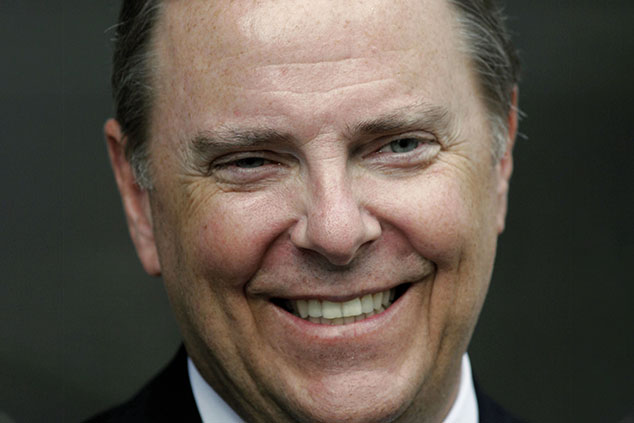
It also became involved in energy futures markets (which allow firms and investors to both hedge against and speculate on movements in energy prices) and attempted to become an important player in the telecommunications market.
How did this work out?
Although legitimate, Enron’s businesses were unprofitable. To hide this, the management fiddled the finances. It treated the total amount of money traded on its energy exchanges as revenue, for example (the standard practice is to count only profits and trading commissions). It counted expected future profits from its deals as current profits. And to hide losses and mounting debts, it set up a complicated structure of off-balance-sheet “special purpose vehicles” to borrow money against Enron’s stock.
What happened next?
While Enron’s stock was rising, its creditors were willing to lend more money. But the bear market that accompanied the bursting of the technology bubble caused its share price to decline.
At this time The Wall Street Journal ran a critical article about Enron’s accounting, causing other analysts to start to ask questions. With creditors now demanding repayment, and its credit lines drying up, Enron’s executives were forced to admit that they had overstated earnings between 1996 and 2000, which made the problems even worse. After rival Dynergy abandoned its planned bid for Enron, the company filed for bankruptcy in December 2001.
Lessons for investors
CEOs Jeffrey Skilling (pictured) and Ken Lay were convicted of fraud and CFO Andrew Fastow (along with 12 other Enron executives) also pleaded guilty. Shareholders were wiped out, although the banks that facilitated Enron’s deceptive deals paid some later shareholders around $7 a share (less than 10% of the peak value).
The Enron debacle shows it is a good idea to avoid firms that structure their finances in overly complicated or opaque ways. Insider selling is also a big red flag – Enron’s executives dumped their shares at the same time as encouraging their employees to use their savings to buy them.